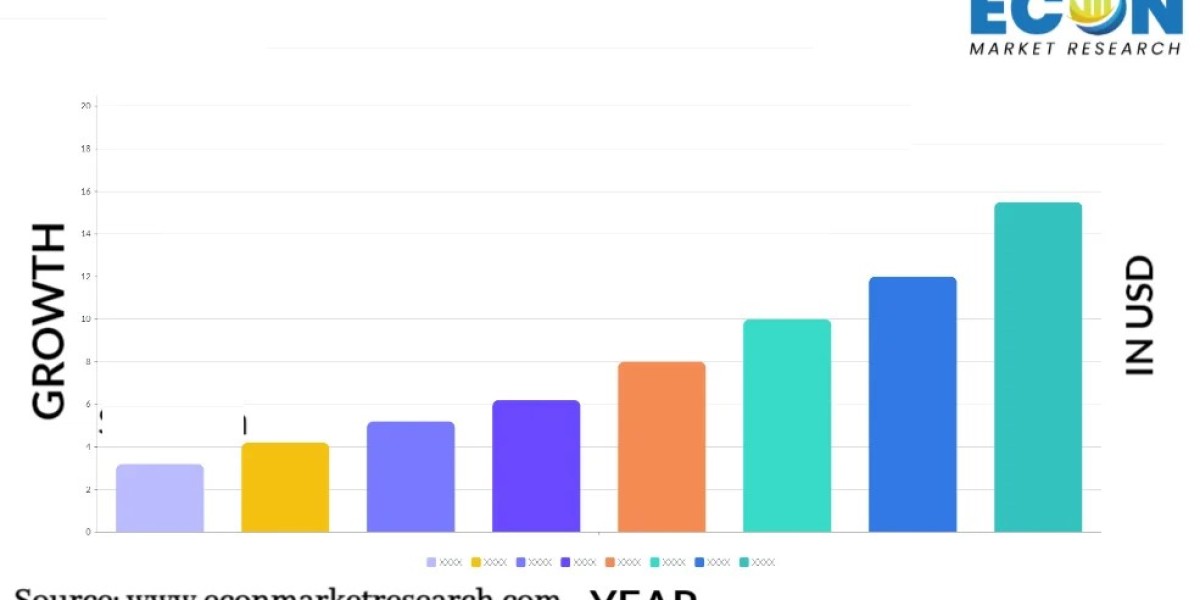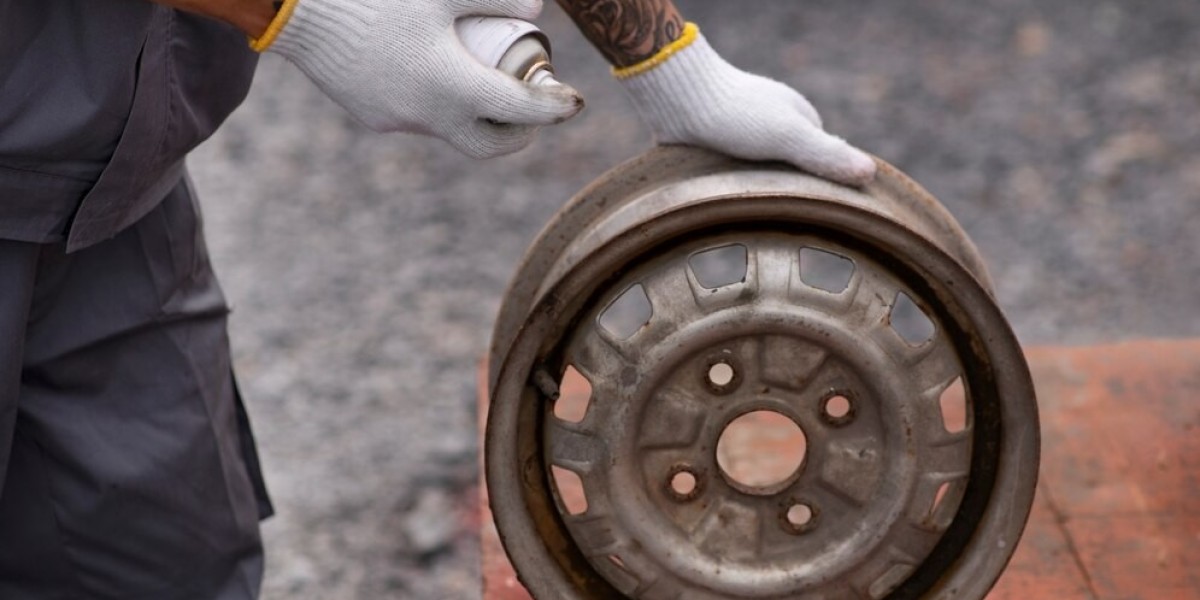Aseptic packaging is an advanced preservation method that keeps products fresh, safe, and shelf-stable without the need for refrigeration or added preservatives. Widely used in the food, beverage, and pharmaceutical industries, aseptic packaging involves sterilizing both the product and its packaging separately before filling and sealing them in a sterile environment. This process ensures that the product remains uncontaminated and extends its shelf life significantly. In an era where consumers demand convenient, safe, and minimally processed products, aseptic packaging stands out as a reliable and effective solution that aligns with modern consumer preferences.
More Info : https://www.econmarketresearch.com/industry-report/aseptic-packaging-market/
The Aseptic Packaging Process
The aseptic packaging process involves three critical stages: sterilization, filling, and sealing. First, the product is sterilized through methods like ultra-high temperature (UHT) treatment, where it is rapidly heated and cooled to kill bacteria without affecting flavor or quality. Meanwhile, the packaging materials—often consisting of a multi-layer structure with protective barriers like aluminum, paper, and plastic—are sterilized using heat, chemical solutions, or radiation. Finally, the sterile product is filled into the sterile packaging in an aseptic environment and sealed immediately to prevent contamination. This rigorous process is what enables aseptic packaging to maintain product freshness over extended periods, even at room temperature.
Advantages of Aseptic Packaging
Aseptic packaging offers a multitude of benefits, making it a preferred choice for many manufacturers. By eliminating the need for preservatives or refrigeration, it reduces logistical costs and makes products more accessible to regions without cold storage infrastructure. Aseptic packaging also preserves the nutritional integrity and natural flavor of products, as the rapid heating process used in sterilization has minimal impact on the product's quality. Additionally, its extended shelf life can reduce food waste by keeping products consumable for months or even years. For consumers, the convenience of shelf-stable products that are safe, tasty, and nutritious is a key appeal.
Applications in the Food and Beverage Industry
In the food and beverage sector, aseptic packaging is commonly used for milk, juices, soups, sauces, and baby food. For dairy and plant-based beverages, aseptic packaging allows companies to deliver products that taste fresh and natural without needing refrigeration. This is particularly valuable for regions with limited cold chain infrastructure. Aseptic packaging also enables the production of ready-to-eat and ready-to-drink items that align with modern lifestyles focused on convenience. With aseptic packaging, consumers can easily transport, store, and consume products on the go, creating a versatile and appealing solution for busy, health-conscious individuals.
Role in the Pharmaceutical and Healthcare Industries
In the pharmaceutical and healthcare sectors, aseptic packaging plays a crucial role in maintaining the sterility and efficacy of products. Medications, vaccines, and intravenous fluids require strict contamination control to ensure safety and effectiveness. Aseptic packaging safeguards these products, often incorporating specialized materials and advanced sealing techniques to prevent microbial contamination and extend shelf life. With the rising demand for home healthcare and portable medical solutions, aseptic packaging supports the delivery of sterile and shelf-stable products that can be administered safely outside traditional medical facilities.
Environmental Considerations in Aseptic Packaging
Aseptic packaging is often perceived as sustainable due to its potential to reduce food waste and decrease reliance on refrigeration. However, the multi-layer structure of aseptic cartons, which combines paper, plastic, and aluminum, presents recycling challenges. The packaging industry is increasingly focused on developing more eco-friendly aseptic solutions, including recyclable or biodegradable materials, to address these issues. Moreover, manufacturers are exploring methods to reduce the carbon footprint of aseptic production, such as optimizing energy efficiency in sterilization processes and using renewable materials. As consumer awareness about environmental sustainability grows, innovations in aseptic packaging are essential to balancing convenience with eco-conscious practices.
The Future of Aseptic Packaging
The future of aseptic packaging is set to be defined by sustainability, technological integration, and market expansion. As consumer demand for safe, shelf-stable, and environmentally friendly products grows, aseptic packaging is likely to see advancements in recyclable materials and eco-friendly designs. Technological integrations, such as real-time tracking and tamper-evidence, will continue to enhance product safety and quality assurance. Moreover, as emerging markets expand, the role of aseptic packaging in addressing food security and medical accessibility challenges will become increasingly critical. By continually adapting to consumer needs and environmental priorities, aseptic packaging has the potential to reshape the global packaging landscape.
Phone Number: +1 812 506 4440
Email : [email protected]









